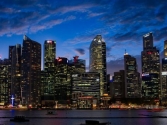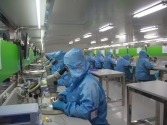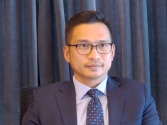
Singapore's solar capacity to double over the next decade
The city’s solar-friendly policies and high irradiance could boost capacity to 319MW in 2028.
Singapore’s solar power capacity is expected to double from 155MW in 2019 to 319MW in 2028 as the government pushes for greater usage of renewable energy and to decrease its reliance on thermal energy, according to Fitch Solutions.
The government has pledged to reduce emissions intensity by 36% below 2005 levels by 2030 as part of the Paris Agreement, and the shift towards renewables will play a role in reducing emissions, it said in a report.
Singapore’s average annual solar irradiance of 1,580kWh/m2/year is approximately 50% greater than other temperate countries, making the country suitable for wider deployment of photovoltaic (PV) cells.
“Solar generation facilities, however, will unlikely take the form of land-based solar farms due to space constraints. Instead, solar energy can be harvested through floating solar farms, the installation of solar panels on rooftops and also via solar energy imports,” Fitch Solutions said.
Various policies have been implemented to promote the growth of the sector – for example, the Energy Market Authority of Singapore (EMA) had lowered the fixed component of the license fee for larger generators (ranging from 10MW to 400MW), reducing the cost of installation of solar panels.
Some notable floating solar projects include the Tengeh Reservoir Floating Solar Plant, in which a request for proposal has been put up by the Public Utilities Board (PUB) for the design, construction and operation of a large scale solar PV system at Tengeh Reservoir. “With an area spanning 1ha, this project would be the world’s largest floating solar PV cell test-bed for studying the performance and cost-effectiveness of ten different solar PV systems,” Fitch Solutions said.
Due to space constraints, the installation of PV panels on rooftops has gained traction over the past few years. Singapore’s public housing authority, the Housing and Development Board (HDB), launched the SolarNova programme, which aims to equip public housing flats with solar panels.
Three phases have been successfully implemented since 2015, and most recently, a fourth tender was awarded to Sunseap Group for the installation of more than 170,000 panels across flats, schools and military facilities.
Apart from solar projects, more waste-to-energy projects could be implemented over the next decade, as such plants act as a source of renewable energy and, at the same time, help to reduce the amount of waste that is being sent to landfills. Singapore has set a target to reduce the amount of waste sent to landfills per capita per day by 30% and to achieve a 70% overall recycling rate by 2030.
Meanwhile, the growth of Singapore’s power and transmissions sector is expected to be slow. “With the imminent completion of the North-South and East-West Underground Transmission Cable Tunnel project, the project pipeline for Singapore’s power sector will shrink even further. As mentioned above, the power sector will mainly be driven by solar projects, and to a lesser extent, waste-to-energy projects,” Fitch Solutions said.
The power and transmissions sector is expected to expand at an average of 0.9%, in real terms, per annum, from 2019 to 2028.



















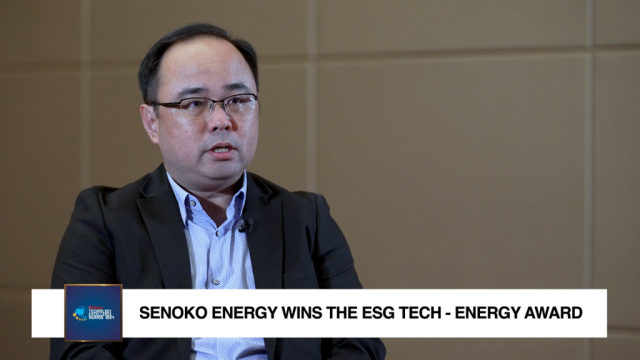
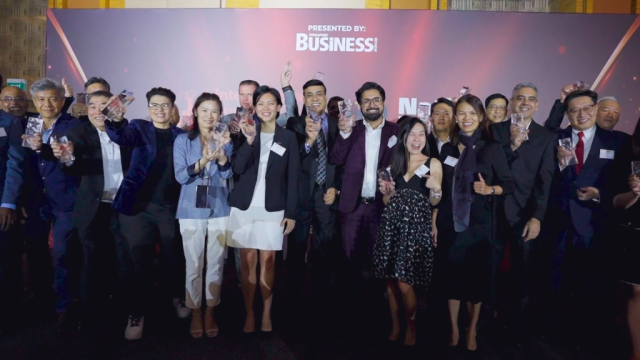



 Advertise
Advertise



